
Senior writer Tina Hesman Saey is a geneticist-turned-science writer who covers all things microscopic and a few too big to be viewed under a microscope. She is an honors graduate of the University of Nebraska-Lincoln where she did research on tobacco plants and ethanol-producing bacteria. She spent a year as a Fulbright scholar at the Georg-August University in Göttingen, Germany, studying microbiology and traveling. Her work on how yeast turn on and off one gene earned her a Ph.D. in molecular genetics at Washington University in St. Louis. Tina then rounded out her degree collection with a master’s in science journalism from Boston University. She interned at the Dallas Morning News and Science News before returning to St. Louis to cover biotechnology, genetics and medical science for the St. Louis Post-Dispatch. After a seven year stint as a newspaper reporter, she returned to Science News. Her work has been honored by the National Academies of Sciences, Engineering and Medicine, the Endocrine Society, the Genetics Society of America and by journalism organizations.

Trustworthy journalism comes at a price.
Scientists and journalists share a core belief in questioning, observing and verifying to reach the truth. Science News reports on crucial research and discovery across science disciplines. We need your financial support to make it happen – every contribution makes a difference.
All Stories by Tina Hesman Saey
-
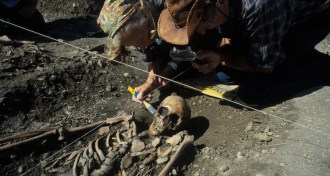 Genetics
GeneticsFarmers assimilated foragers as they spread agriculture
While some European hunter-gatherers remained separate, others mated with the early farmers that introduced agriculture to the continent.
-
 Genetics
GeneticsCloning produces stem cells from adult skin
Human embryonic stem cells made using adult cells could enable medical advances such as replacement organs.
-
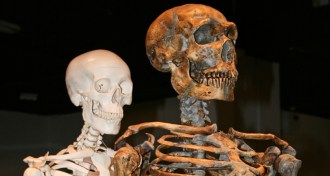 Genetics
GeneticsGene activity sets humans apart from extinct hominids
Differences in gene activity caused by DNA methylation distinguish modern people from Neandertals and Denisovans.
-
 Genetics
GeneticsFive mutations could make bird flu spread easily
Handful of alterations can turn H5N1 bird flu into virus that infects ferrets through the air.
-
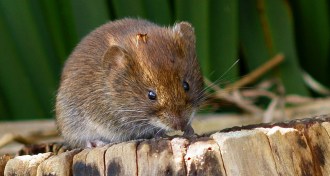 Genetics
GeneticsBank voles provide clue to prion disease susceptibility
A protein from bank voles makes mice susceptible to disorders that wouldn’t otherwise infect them.
-
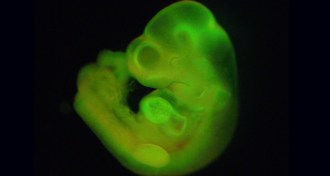 Science & Society
Science & SocietyMisconduct found in Japanese stem cell research
An investigation into reports describing a type of stem cells called STAP cells has found that the lead researcher is guilty of scientific misconduct.
-
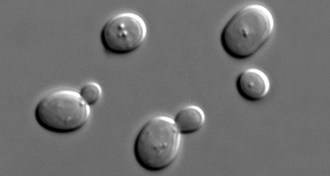 Life
LifeFirst chromosome made synthetically from yeast
Work with yeast marks the first time scientists have synthesized a chromosome from organisms with complex cells and represents a major step toward lab-created eukaryotic life.
-
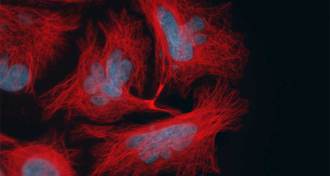 Life
LifeWith Taxol, chromosomes divide and get conquered
New mechanism discovered for how the cancer drug Taxol works.
-
 Genetics
GeneticsMice lose a gene to drop some weight
Mice lacking gene have less fat, more muscle and lived longer than normal.
-
 Genetics
GeneticsEarly Polynesians didn’t go to Americas, chicken DNA hints
Contamination of ancient chicken DNA may explain previous report linking Polynesians to South America.
-
 Genetics
GeneticsGiant moa thrived before people reached New Zealand
Humans probably caused the extinction of giant wingless birds called moa in New Zealand, DNA evidence suggests.
-
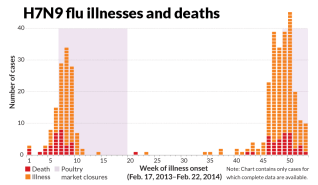 Health & Medicine
Health & MedicineSecond wave of bird flu ups pandemic worries
The H7N9 avian influenza virus, which first appeared in 2013, is sweeping China with a second, larger wave of illness.